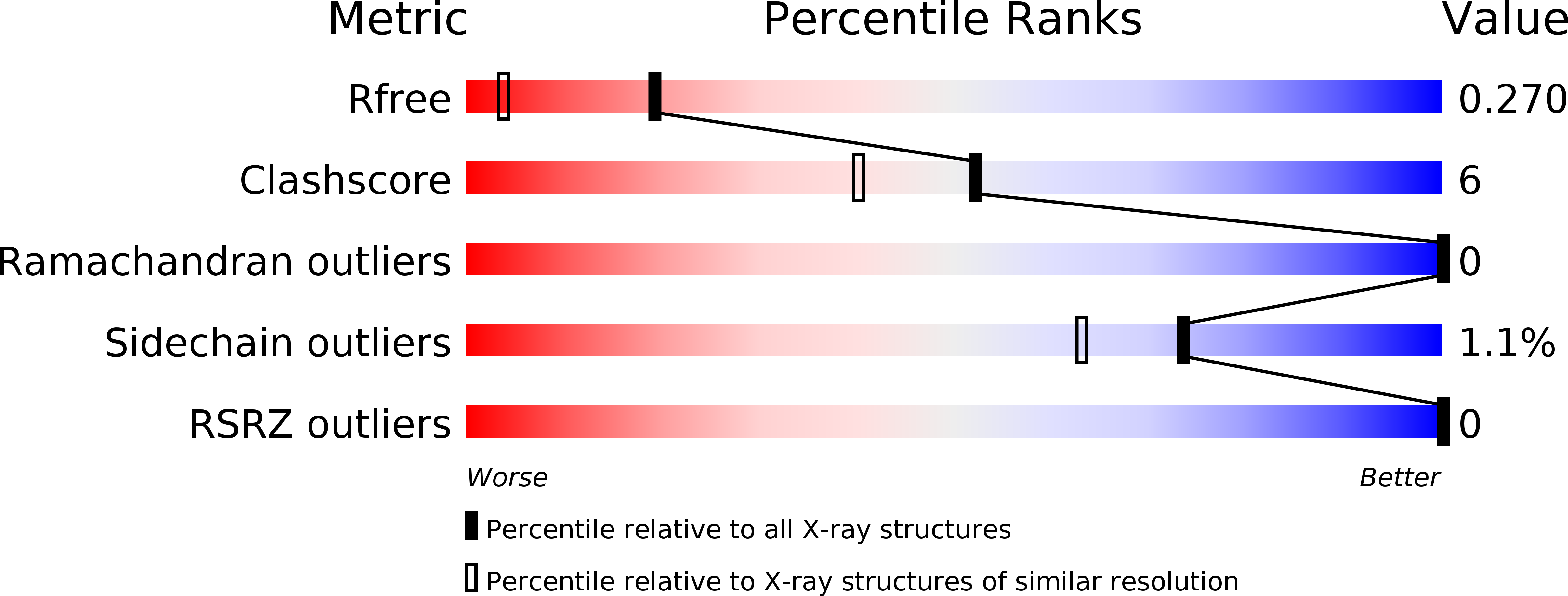
Deposition Date
2016-05-07
Release Date
2017-03-08
Last Version Date
2024-10-23
Entry Detail
PDB ID:
5JS5
Keywords:
Title:
Nitric oxide complex of the L16F mutant of cytochrome c prime from Alcaligenes xylosoxidans
Biological Source:
Source Organism:
Alcaligenes xylosoxydans xylosoxydans (Taxon ID: 85698)
Host Organism:
Method Details:
Experimental Method:
Resolution:
1.70 Å
R-Value Free:
0.25
R-Value Work:
0.21
R-Value Observed:
0.21
Space Group:
P 65 2 2


